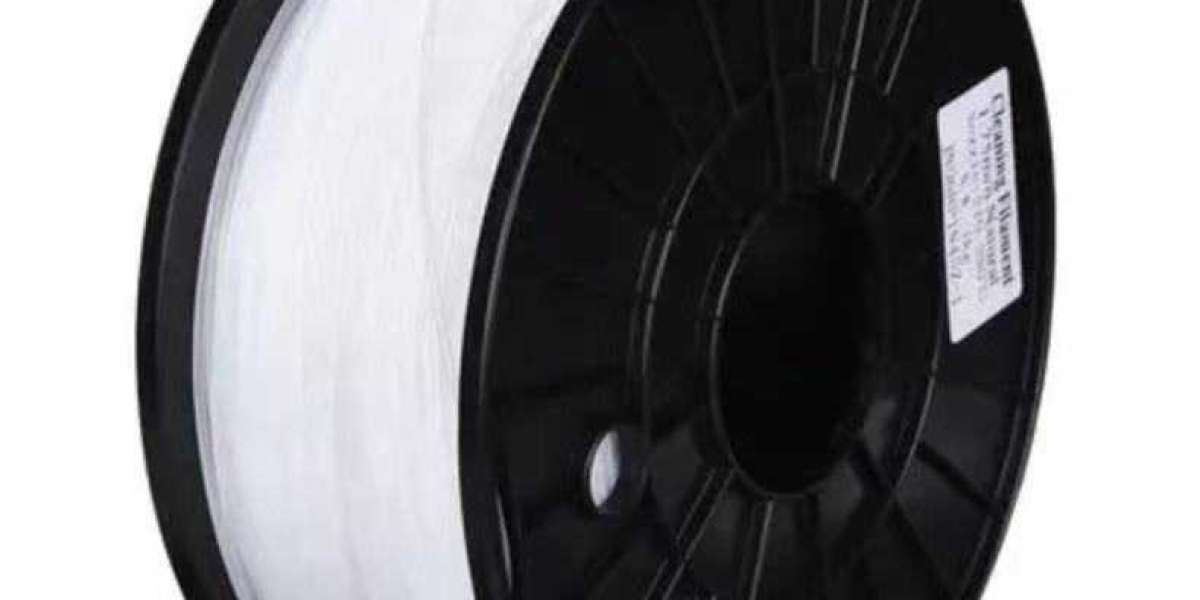Process verification and quality control of 3D printer filaments is a key step to ensure that the printed product meets the design requirements and quality standards. Here are some methods and steps:
1. Choose the right filament material
Select certified high quality 3D printed filament materials to ensure that they meet relevant standards and quality requirements.
2. Material quality control
Quality control for each batch of filament material, including appearance inspection, diameter measurement, tensile test, etc., to ensure stable material quality.
3. Process parameter setting
Determine the appropriate print parameters, such as temperature, print speed, layer height. Before process validation, it is necessary to establish standard process parameter Settings.
4. Print samples
Print samples using selected filament materials and process parameters. These samples should represent the design and requirements of the final product.
5. Test and evaluate
The printed samples are tested, including dimensional accuracy, interlayer adhesion strength, surface quality, etc. Compare test results with design requirements to ensure compliance.
6. Process stability verification
Make multiple prints to verify the stability of the process. Check the consistency of each print and record key parameters and results.
7. Quality control
Implement quality control measures to monitor key parameters in the printing process, such as height, temperature change, etc., as well as the quality of the output.
8. Continuous improvement
Based on the results of process validation and quality control, filament selection and printing parameters are continuously optimized to improve product quality and production efficiency.
9. Document records
Record the results of each process validation and quality control, and establish a complete documentation. These records are important for tracking problems, verifying product quality, and continuously improving the process.
By strictly implementing process validation and quality control steps, the quality stability and reliability of the 3D printed filament can be ensured, resulting in the production of products that meet the design requirements and quality standards.






